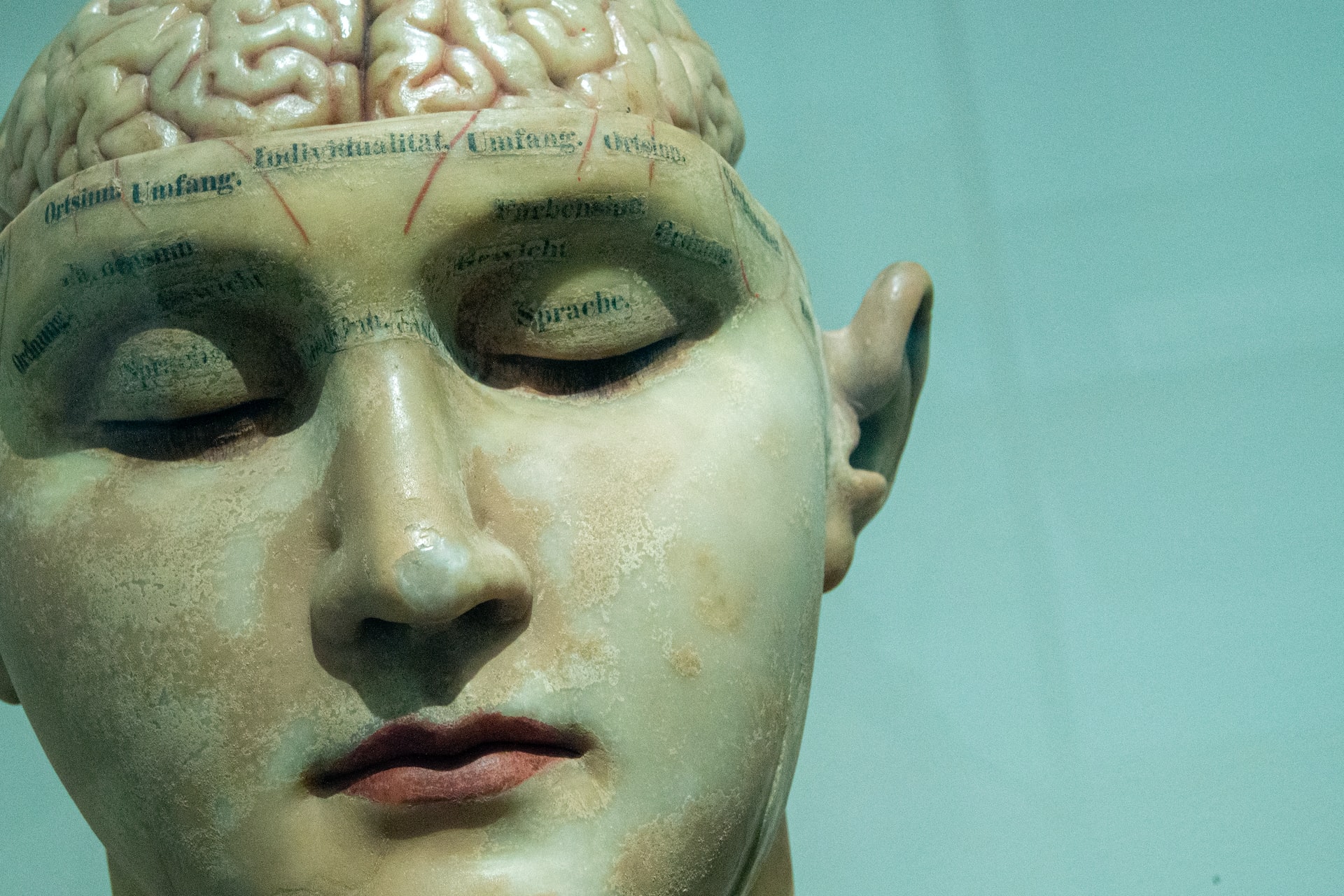Tell me about amyloid protein alzheimer’s
Alzheimer’s disease is a complex neurodegenerative disorder that affects millions of people worldwide. It is a progressive condition that leads to a decline in cognitive function, memory loss, and behavioral changes. Currently, there is no known cure for Alzheimer’s disease, and its exact cause is still not fully understood. However, research has shown that a protein called amyloid plays a significant role in the development of this disease.
What is Amyloid Protein?
Amyloid protein is a naturally occurring protein in the body that is essential for normal cellular function. It is made up of long chains of amino acids and is produced in many different tissues and organs, including the brain. In healthy individuals, amyloid protein is broken down and eliminated by the body, but in people with Alzheimer’s disease, this process becomes impaired.
The Role of Amyloid Protein in Alzheimer’s Disease
In Alzheimer’s disease, amyloid protein forms abnormal clumps or “plaques” in the brain. These plaques disrupt the communication between nerve cells and interfere with their ability to function correctly. The accumulation of these plaques can lead to widespread damage and destruction of brain cells, ultimately contributing to the development of Alzheimer’s disease symptoms.
One of the hallmarks of Alzheimer’s disease is the formation of amyloid plaques in the brain. These plaques are composed of a toxic form of amyloid protein called beta-amyloid. As these plaques build-up, they trigger a cascade of events that result in inflammation and damage to brain cells. This damage leads to symptoms such as memory loss, confusion, and difficulties with thinking and problem-solving.
There are also other forms of amyloid protein that have been linked to Alzheimer’s disease, such as tau protein. Tau protein is responsible for stabilizing the structure of nerve cells, and in Alzheimer’s disease, it becomes tangled and causes disruption to normal cell function.
Genetic Factors and Amyloid Protein
In some individuals, gene mutations can lead to an overproduction of amyloid protein. These individuals are more likely to develop Alzheimer’s disease at a younger age. One example is a gene called amyloid precursor protein (APP) that is found on chromosome 21. People with Down syndrome, who have an extra copy of this chromosome, are more likely to develop Alzheimer’s disease due to an increased production of amyloid protein.
Another gene mutation that has been linked to early-onset familial Alzheimer’s disease is a mutation in the presenilin 1 (PS1) gene. This gene plays a role in the processing of amyloid protein, and when it is mutated, it can lead to an increase in toxic forms of amyloid.
Treatment of Alzheimer’s Disease Targeting Amyloid Protein
The role of amyloid protein in Alzheimer’s disease has prompted researchers to develop treatments that target its accumulation in the brain. One approach is to prevent the production or formation of beta-amyloid plaques. This can be achieved through medications that inhibit enzymes involved in the processing of amyloid protein, such as beta-secretase and gamma-secretase.
Another approach is to remove existing beta-amyloid plaques from the brain. This can be done through immunotherapy, which involves injecting antibodies that bind to and clear out beta-amyloid from the brain. Studies have shown promising results in reducing plaque load and slowing cognitive decline in individuals with Alzheimer’s disease.
However, it is important to note that targeting amyloid protein alone may not be enough to treat Alzheimer’s disease. Many other factors, such as inflammation and tau protein, also play a role in the development and progression of this disease. Therefore, a multi-pronged approach that addresses all these factors may be necessary for effective treatment.
Conclusion
In conclusion, amyloid protein plays a significant role in the development of Alzheimer’s disease. The formation of beta-amyloid plaques disrupts normal brain function and leads to the symptoms of this debilitating disease. While there is currently no cure for Alzheimer’s disease, targeting amyloid protein through various treatments shows promise in slowing its progression. However, more research is needed to fully understand the role of amyloid protein and develop effective treatments for this complex disease.





